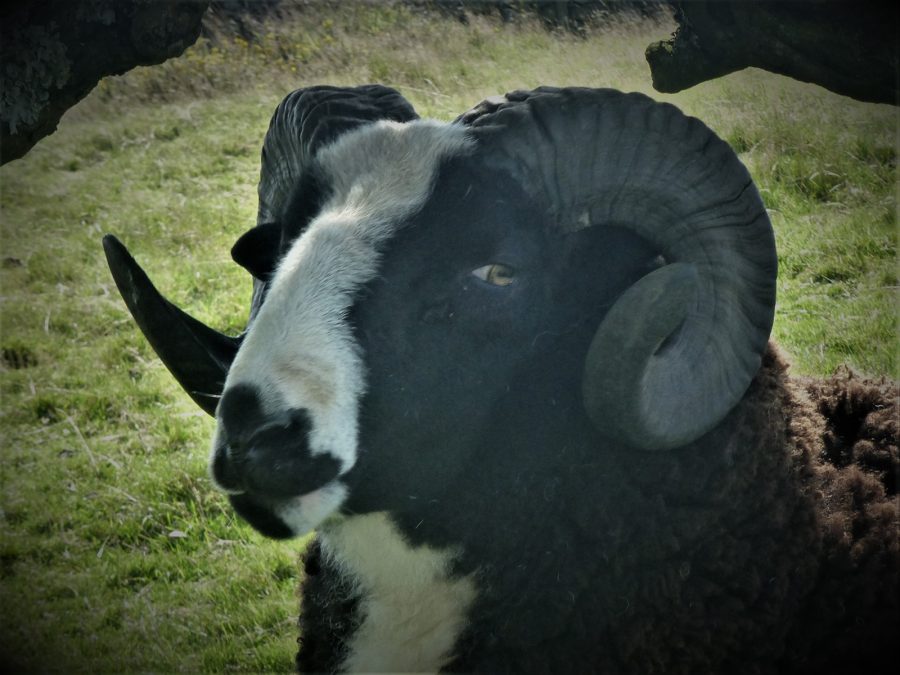Helen Babbs meets the Jacob sheep; a versatile and good-looking black and white breed with so much to offer the smallholder…
“I started with Jacob sheep because I had ponies, and wanted something to graze the paddocks tidy,” says Clive Richardson, owner of the Border flock of Jacobs in Cumbria.
“I got a pair of in-lamb pedigree ewes, and not only did they tidy up the grass, they were just a wonderful breed of sheep all-round!”
Forty years on, Clive is still raising Jacobs, and it’s a common story with hundreds of Jacob sheep keepers right across the UK. “Jacobs fever”, as some breeders fondly call it, is definitely for life! So what. makes Jacob sheep so special?
BOLD AND BEAUTIFUL
With their piebald fleeces and faces, and curling black horns, Jacob sheep are certainly eye-catching. Named after the “spotted and speckled” flocks of Jacob in the Biblical book of Genesis, this colouring applies to every part of the sheep. Under their two-tone fleeces, Jacobs have pink skin under the white fleece and dark skin under the black. Their faces are black with a broad, symmetrical white blaze, while their eyes, ears and nose are dark. Their legs are white and hooves are black. Jacobs’ horns are visibly dark, but inside are made up of concentric rings of light and dark.The Jacobs’ build is stocky, with deep chests and well set legs – “a straight broad back from the neck to the tail,” Clive quotes proudly from the breed standard. Their fleece covers the entire body, leaving head and legs wool-free with a fine short hair covering instead.
Picture: Jacob ram, credit Clive Richardson
This article extract was taken from the July 2024 edition of The Country Smallholder. To read the article in full, you can buy the issue here.
To receive regular copies of The Country Smallholder magazine featuring more articles like this, subscribe here.
For FREE updates from the world of smallholding, sign up for The Country Smallholder newsletter here.








